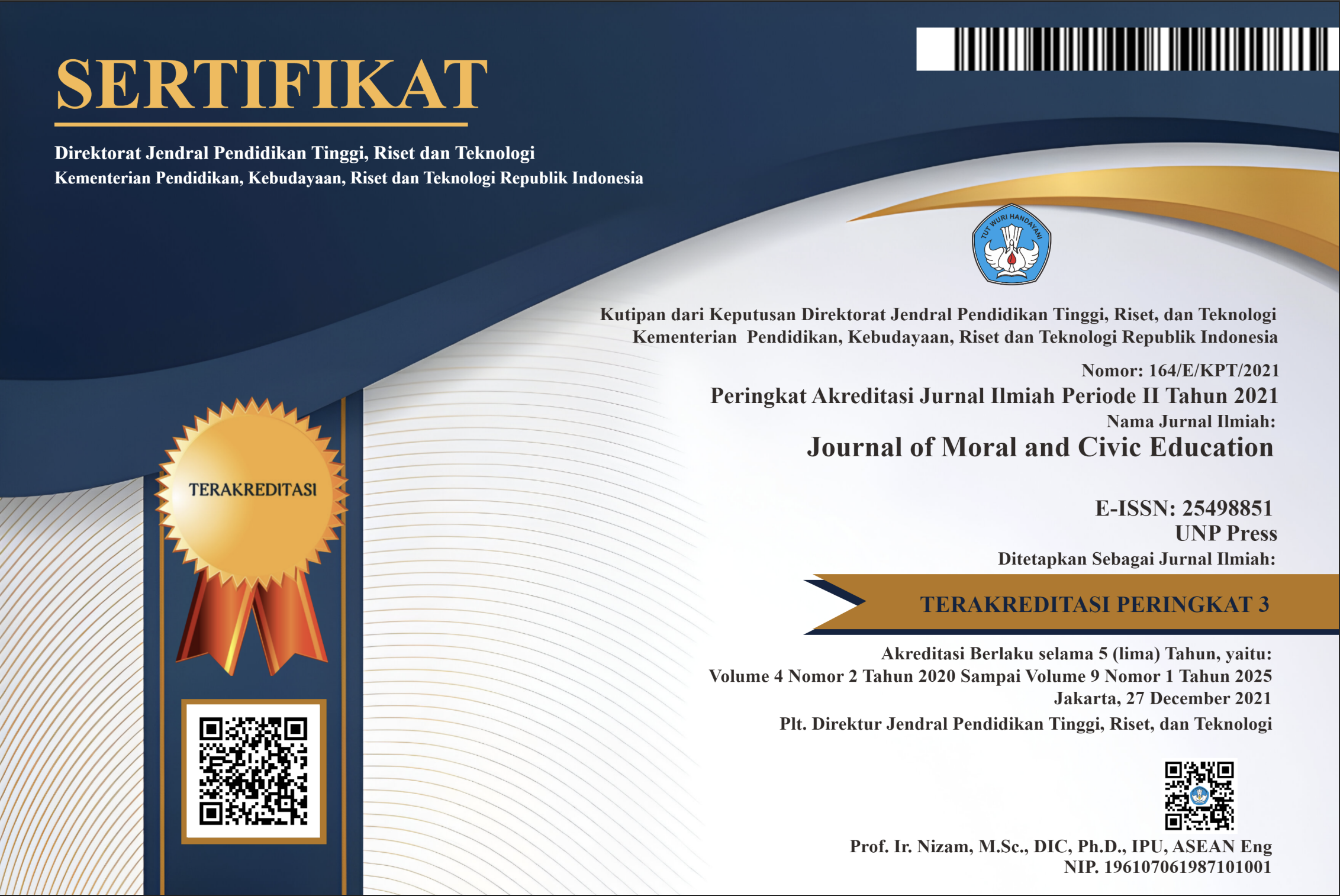
Submission Preparation Checklist
As part of the submission process, authors are required to check off their submission's compliance with all of the following items, and submissions may be returned to authors that do not adhere to these guidelines.- The article has not been published, nor being submitted for publication to another journal.
- The submission file is in OpenOffice or Microsoft Word document file format.
- The reference list is arranged using reference management tools such as EndNote, Mendeley, or Zotero.
- Where available, URLs for the references have been provided.
- The text adheres to the stylistic and bibliographic requirements outlined in the Author Guidelines.
- The article has been checked for plagiarism and has less than 15% indication of plagiarism.
- Writings are free from typo errors.
Privacy Statement
The names and email addresses entered in this journal site will be used exclusively for the stated purposes of this journal and will not be made available for any other purpose or to any other party.



 JMCE is licensed under a
JMCE is licensed under a 